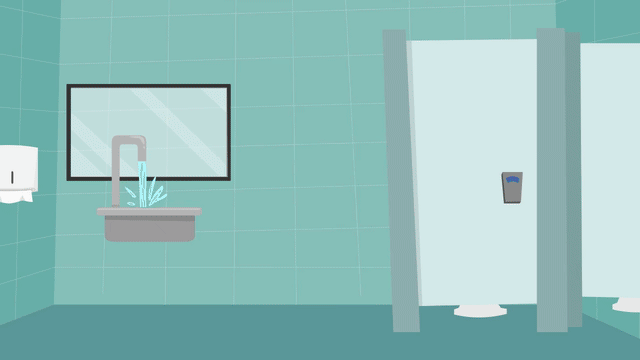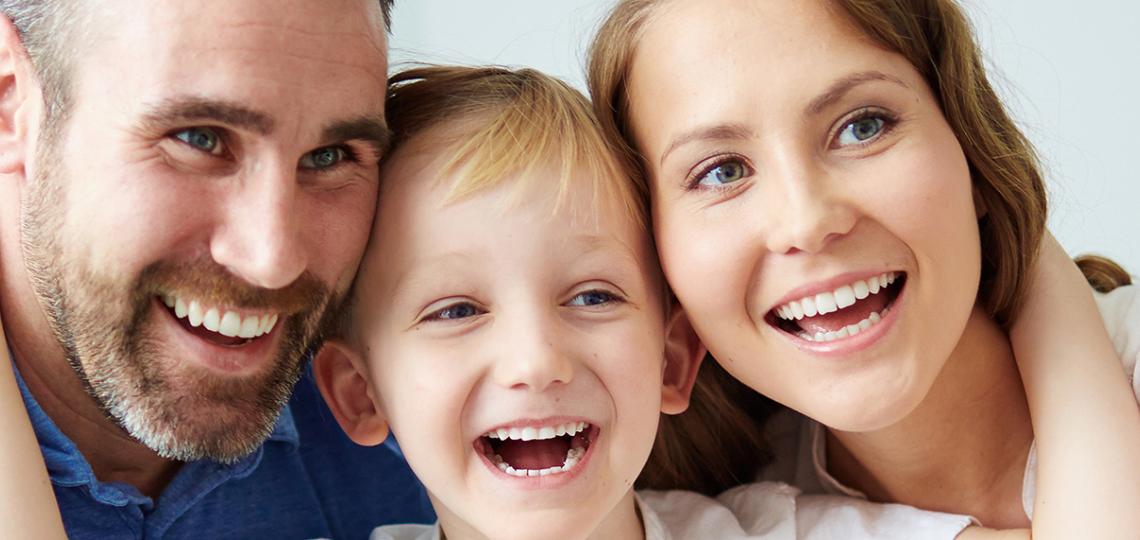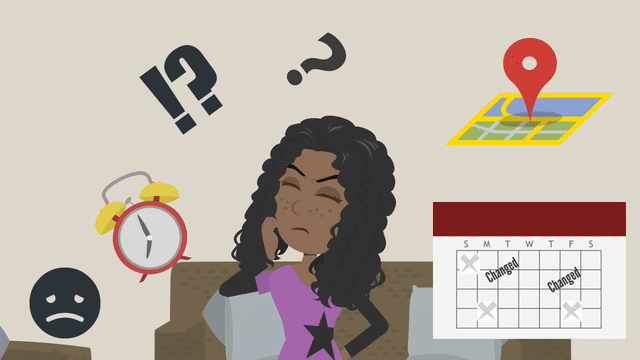Anxiety and Sensory Issues
Sensory sensitivities commonly overlap with anxiety in autistic kids and teens. For example, let's think about George. George has sensory sensitivities and gets easily overwhelmed by sounds and visuals. George also has anxiety and is afraid of public restrooms.
George’s fear of public restrooms is a bit more complicated than his other fears. He is afraid of public restrooms for two reasons:
- Because he worries about all the germs in the restroom, and
- Because he gets extremely overwhelmed by all the unpredictable loud noises (toilets flushing, automatic hand dryers, and sinks running).
If George wants to make a plan of action for his fear of public restrooms, he needs to make sure he addresses his sensory sensitivities too, not just his anxiety about germs.
Is It Anxiety, Autism or Both?
If your child is more sensitive to lights, sounds, or textures, it is probably not something they are able to change about themselves. This is because sensory sensitivities are a core trait of autism, and on its own, sensory sensitivities are not related to anxiety. Since autistic people's brains process information differently, it makes sense that your child might experience the world around them differently as a result.
But sometimes, sensory issues can start leading to anxiety. If your child becomes afraid of situations or things because of their sensory triggers, or if they are anxious and on guard all the time because they are scared of becoming overwhelmed, then this can be a problem.
For example, George was not always afraid of public restrooms. George started avoiding public restrooms when he was younger after having lots of bad experiences with them. For instance, he would become so overwhelmed by all the noises in the restroom, that he would start crying. After avoiding public restrooms for so long, George developed a fear of them.
In LUNA, we want to help your child overcome any anxieties they have developed because of sensory issues. Using flexible tools can be a way to help your child get through a sensory situation in order to face their fears. Your child may not be able to get rid of their sensory sensitivity, but they are able to work on lessening their anxiety around it.

Anxiety and Routines
Another common behavior that can be rooted in anxiety AND related to autism is insistence on sameness or fondness of routine. For example, let's think about Sophia's fear of change. Sophia feels anxious when there are changes in her life that she does not expect. She doesn’t like any surprises and gets frustrated when her schedule or routine changes. While this is common for kids with generalized anxiety, attachment to routine is also a core trait of autism.
We want to emphasize that there is no need or expectation for you to address these areas that are more closely related to autism. In LUNA, we don’t want your child to work on getting used to changes in their routine, unless their attachment to routine starts causing problems. Having a consistent and predictable routine can be very helpful, especially for autistic people. It can help them prepare for the day, stay organized, regulate their emotions, and manage their day with confidence and assurance.
But, if your child feels like they must stick to their routine no matter what, and they feel unable to deal with occasional changes, then your child may have anxiety about routines that could lead to problems.
For instance, Sophia is often late to school because it makes her anxious to skip any step in her morning routine. If Sophia oversleeps, she still feels like she must complete her morning routine like usual, even if she would only need to skip one small step to be at school on time. Sophia also doesn't hang out with her friends after school because she is anxious about changing her evening schedule to hang out with them.
Some autistic people rely on routines to help them function and accomplish the things they want to do. Our goal is not to take away your child's routines or schedules, but to lessen their anxiety when something unexpected happens or when they need to adjust their routine.
If you decide to address fears that involve sensory sensitivities or insistence on sameness in LUNA, know that making a plan of action for these fears can be tricky. This is why we recommend that your first few plans have more straightforward targets. Now that your child has worked on at least one other plan of action already, let’s think more about how to create or adjust a plan of action for these two fears.
Targeting Anxiety Related to Sensory Sensitivities
The main thing to consider with these kinds of targets is what the goal for the plan of action should be. When fears overlap with core traits of autism, a good goal might be different for an autistic child than for a neurotypical child (given they were tackling the same exact fear).
Say you are developing a plan of action for a fear with a sensory component (like a fear of crowded rooms for instance). The goal for this plan might be for your child to experience being in a crowded situation, like a school assembly, but with the help of noise-cancelling headphones.
At first glance, the headphones might sound like a “quick fix,” or something your child may use to calm their anxiety temporarily without actually facing their fears (as discussed in Module 3). However, the headphones would actually serve as a “coping behavior” (as discussed in Module 6). Using flexible tools or supports for sensory sensitivities can help your child face their fears and do the things they would like to do. There are no treatments that have been proven to lessen the intensity of sensory sensitivities, so our focus in LUNA is to ease anxiety around these situations.










